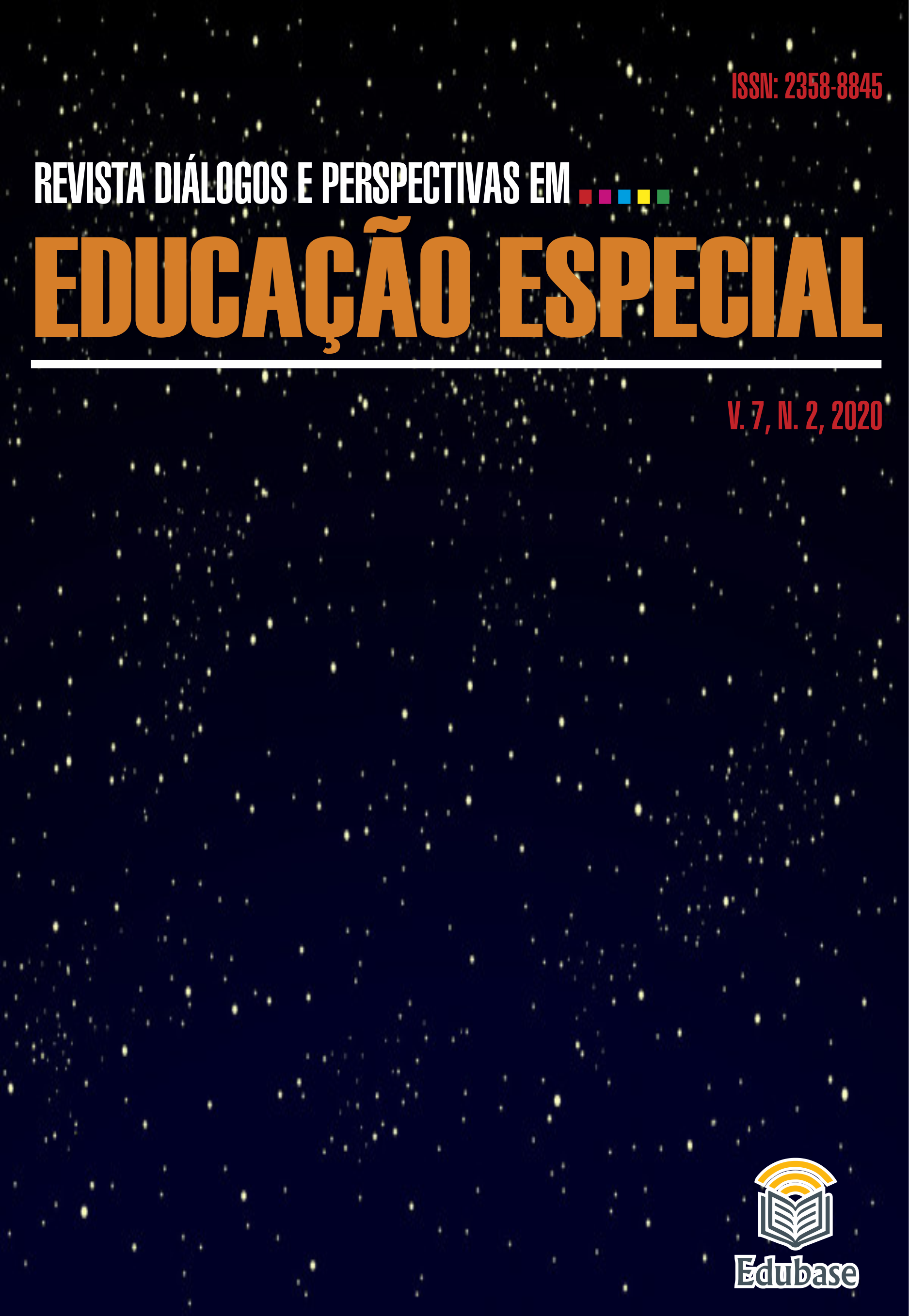Mobility of the visually impaired person in public transport of São Carlos/ S
DOI:
https://doi.org/10.36311/2358-8845.2020.v7n2.p87Keywords:
Special Education, Visual Impairment, Orientation and Mobility, Public transportationAbstract
The present research arose from the need to expand the scarce studies on the mobility of visually impaired people in public transportation, focusing on the city of São Carlos / SP. The purpose of this research was to analyze the relationship between people with visual impairment and public, collective and individual transport, regarding mobility, accessibility, adaptation and barriers encountered in their use. As a method, the differential approach was used, through a semi-structured interview script, from which two individuals with visual impairment, users of collective or individual public transportation, eight public bus drivers (buses) and ten drivers of individual public transport (taxis). In the results, in the interviews with public transport drivers (individual and collective), it was pointed out that there are still rare visits to people with visual impairment, and many of these drivers reported that they attended a few times. It was also evident the desire of all the drivers of improvements made in the transport, aiming progress towards the service to the visually impaired people. The two visually impaired participants demonstrated that they had already made use of the BusAlert application, which is currently desativated, which from their understanding could help collective public transport employees and all users of the service. It can be concluded that, although visually impaired users are adapted to the conditions of use of buses and taxis, many difficulties were encountered in the use of these.
Downloads
Downloads
Published
Issue
Section
License
Copyright (c) 2020 REVISTA DIÁLOGOS E PERSPECTIVAS EM EDUCAÇÃO ESPECIAL

This work is licensed under a Creative Commons Attribution 4.0 International License.
- The works published in RDPEE are the sole responsibility of their authors. The authors grant the journal the right of first publication, with the work simultaneously licensed under the Attribution-CC BY, which allows distribution, remixing, adaptation and creation from the work with recognition of the authorship and initial publication in this journal.
- The authors consent that their articles may be incorporated by RDPEE into indexers and databases that currently exist or may exist in the future; the owners of these databases may reproduce, transmit and distribute the texts, in whole or in part, in any form or means of electronic transmission that exists or may be developed in the future.
Qualis Capes (2017-2020)
Education: B1




